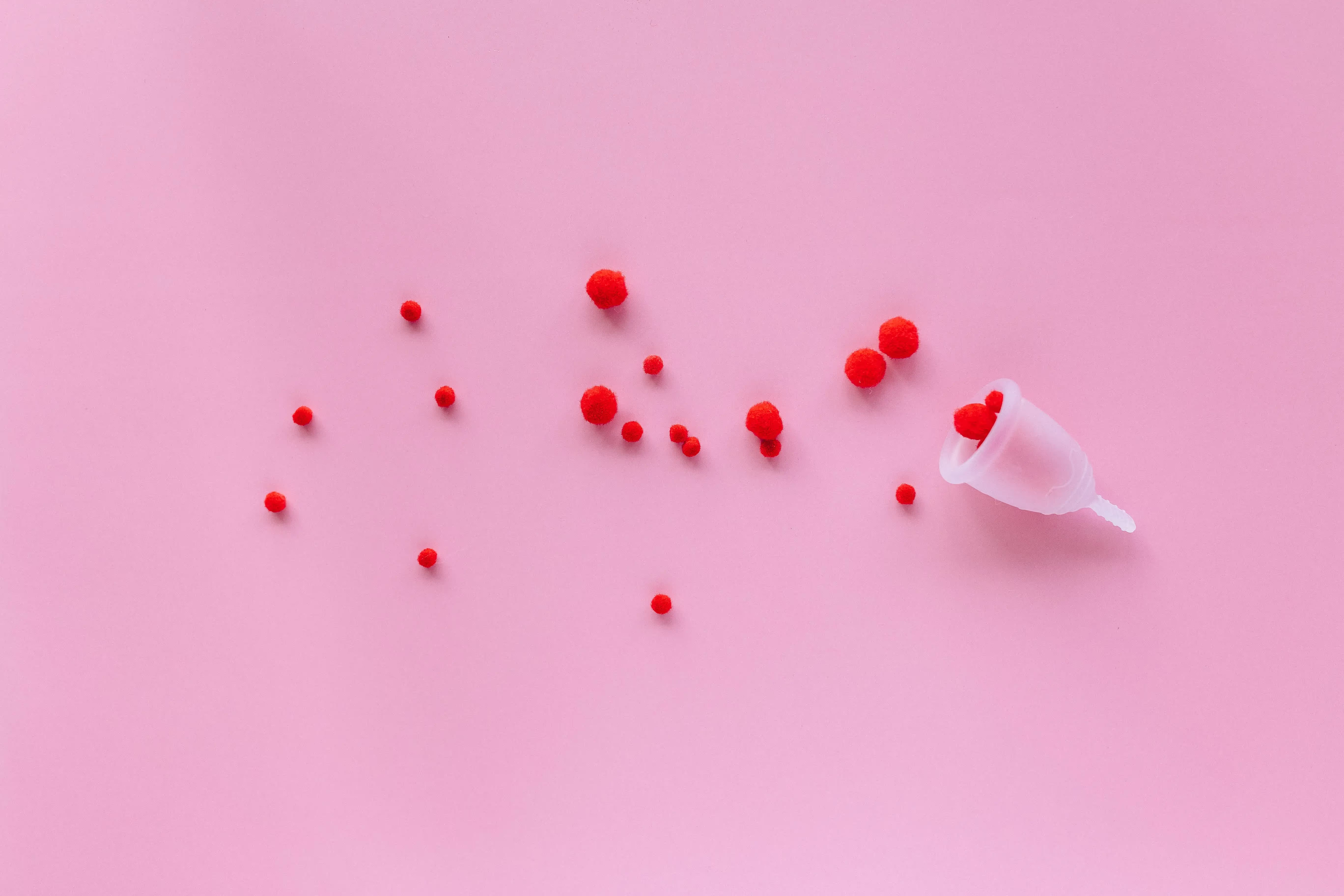
Premenstrual Syndrome (PMS) and Premenstrual Dysphoric Disorder (PMDD) are two conditions that, despite sharing some similarities, stand distinctly apart in their impact and intensity. Affecting countless women worldwide, these conditions are more than just a discomfort; they're significant health concerns that can deeply impact daily life. However, the differences between PMS and PMDD are often not well-understood, leading to misconceptions and sometimes, inadequate care.
This article seeks to illuminate the distinct nature of these two conditions, delving into their unique traits, the ways in which they diverge, and the importance of comprehending these differences. We'll delve into their historical background, symptoms, impacts on daily life, and available treatment options.
Historical Context and Recognition
The journey of recognizing and understanding PMS and PMDD spans several decades, reflecting the evolving landscape of women's health.
The Early Recognition of PMS
- 1930s Onset: The concept of PMS first emerged in the 1930s. Initially, it was a vague idea, not clearly defined or widely accepted.
- 1950s Clarity: By the 1950s, medical professionals began to recognize and describe PMS more explicitly, identifying a pattern of physical and emotional symptoms correlated with the menstrual cycle.
- Public Awareness: During the second half of the 20th century, there was a notable increase in public recognition of PMS, accompanied by the spread of myths and misunderstandings that frequently downplayed the seriousness of the condition.
The Emergence of PMDD
- 1980s Distinction: PMDD began to be recognized as distinct from PMS in the 1980s. Its identification marked an important step in understanding the severe end of the premenstrual disorder spectrum.
- Official Recognition: It wasn't until the late 1990s and early 2000s that PMDD received formal recognition in diagnostic manuals, distinguishing it clearly from PMS.
Key Milestones in Treatment and Awareness
- Research and Understanding: Ongoing research throughout the 20th and 21st centuries has significantly deepened the understanding of both PMS and PMDD, including their causes, impacts, and treatment options.
- Advocacy and Support: Increased advocacy and support networks have played a crucial role in destigmatizing these conditions and promoting better healthcare approaches.
The journey from the first recognition of PMS and PMDD to their current understanding reflects broader changes in women's health awareness and advocacy. This historical context sets the stage for a deeper exploration of each condition, their symptoms, and their effects on the lives of those who experience them.
Understanding PMS: Symptoms and Impact
Many are acquainted with the term Premenstrual Syndrome (PMS), yet the true extent and variety of its symptoms frequently go unrecognized.
Key Symptoms of PMS
- Emotional Changes: Mood swings, irritability, and feelings of sadness or despair.
- Physical Discomfort: Breast tenderness, bloating, headaches, and fatigue.
- Behavioral Shifts: Changes in appetite, sleep patterns, and concentration difficulties.
The Impact on Daily Life
- Varied Severity: The symptoms of PMS vary widely in their intensity, from mild to severe, impacting everyday tasks and the general quality of life.
- Cyclical Nature: Symptoms generally manifest in the second half of the menstrual cycle and tend to diminish with the commencement of menstruation.
- Prevalence: A significant proportion of women of reproductive age experience PMS, with varying degrees of severity.
PMS, while common, is not 'just a part of life' that has to be endured silently. Understanding its symptoms and impact is key to seeking appropriate care and support.
Understanding PMDD: A More Severe Form
Premenstrual Dysphoric Disorder (PMDD) elevates the premenstrual experience to an extreme level, featuring symptoms of such severity that they can significantly disrupt daily routines and mental well-being.
Distinguishing PMDD from PMS
- Severity and Impact: PMDD is distinguished by the presence of severe psychological symptoms that have the potential to substantially hinder daily functioning.
- Mental Health Emphasis: PMDD is characterized by intense psychological symptoms that have the potential to significantly disrupt daily functioning.
Symptoms and Diagnosis
- Intense Emotional Symptoms: Overwhelming feelings of sadness or hopelessness, marked irritability or anger, and acute anxiety.
- Physical Symptoms: Similar to PMS but frequently more intense, these symptoms include heightened experiences of joint or muscle discomfort, bloating, and fatigue.
- Diagnosis Process: Diagnosis requires careful tracking of symptoms over several menstrual cycles and ruling out other mental health conditions.
Prevalence and Recognition
- Less Common: PMDD is less common than PMS, affecting a smaller percentage of women.
- Increased Awareness: Awareness and understanding of PMDD have grown, leading to better diagnosis and management strategies.
PMDD represents a severe end of the premenstrual disorder spectrum, necessitating a deeper understanding and a more intensive treatment approach. Recognizing PMDD as a serious health issue is crucial for those affected to seek and receive appropriate care and support.
Treatment and Management Strategies
Navigating the treatment and management of PMS and PMDD involves a combination of medical interventions and lifestyle adjustments. Each condition, while related, requires its own tailored approach.
Common Treatment Approaches for PMS
- Lifestyle Modifications: Regular exercise, a balanced diet, and adequate sleep can help alleviate PMS symptoms.
- Medications: Over-the-counter pain relievers for cramps, and in some cases, hormonal contraceptives to regulate menstrual cycles.
- Alternative Therapies: Stress-reduction techniques, such as yoga or meditation, and herbal supplements, though these should be used with caution and ideally under medical supervision.
Treatment Strategies for PMDD
- Prescribed Medications: Antidepressants, specifically SSRIs (Selective Serotonin Reuptake Inhibitors), are widely employed for the treatment of the intense mood-related symptoms associated with PMDD.
- Hormonal Therapies: Birth control pills or alternative hormonal treatments can assist in stabilizing the hormonal fluctuations that trigger the symptoms of PMDD.
- Counseling and Therapy: Psychological counseling or cognitive-behavioral therapy has been found to be effective in addressing the mental health aspects of PMDD.
Comparing PMS and PMDD Treatments
- PMS Treatments: Focus on symptom relief; often, lifestyle changes and over-the-counter medications suffice.
- PMDD Treatments: Require more aggressive medical interventions, often involving prescription medications and professional psychological support.
Lifestyle and Support
Community Support: Joining support groups or online forums can provide emotional support and practical advice.
Awareness and Education: Educating oneself and those around about these conditions can foster a supportive environment and reduce stigma.
Embracing Awareness and Understanding
Gaining insight into the subtleties of PMS and PMDD, encompassing symptoms and treatment approaches, stands as a crucial factor in achieving effective management and preserving a favorable quality of life. Whether dealing with the common discomfort of PMS or the more intense challenges of PMDD, knowing there are options available can provide a sense of control and hope.
Common Questions About PMS and PMDD
Can diet and exercise really help with PMS and PMDD?
Yes, a balanced diet and regular exercise can help manage symptoms, though they may not be a complete solution, especially for PMDD.
Are PMS and PMDD lifelong conditions?
The symptoms typically persist throughout the reproductive years but can change in intensity. Menopause usually brings an end to these conditions.
Can men understand or experience anything similar to PMS or PMDD?
While men do not experience PMS or PMDD, understanding and empathizing with the conditions can be beneficial in providing support to those affected.
Is PMDD just a severe form of PMS?
PMDD is more than just severe PMS. It's a distinct clinical condition with more intense symptoms, particularly affecting mental health.
How do I know if I have PMS or PMDD?
To determine whether you have PMS or PMDD, it's essential to track your symptoms over several menstrual cycles and consult a healthcare professional for an accurate diagnosis. They can help differentiate between the two conditions based on the severity and pattern of your symptoms.





